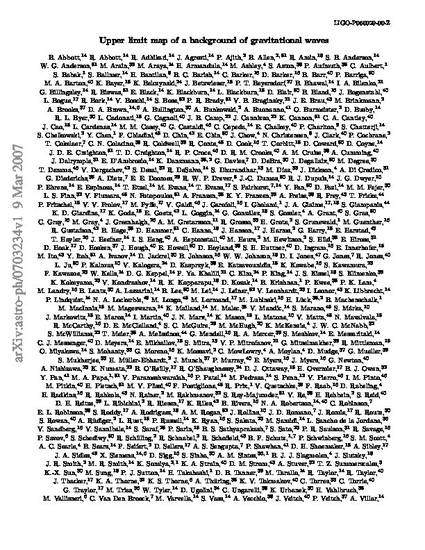
We searched for an anisotropic background of gravitational waves using data from the LIGO S4 science run and a method that is optimized for point sources. This is appropriate if, for example, the gravitational wave background is dominated by a small number of distinct astrophysical sources. No signal was seen. Upper limit maps were produced assuming two different power laws for the source strain power spectrum. For an f-3 power law and using the 50 Hz to 1.8 kHz band the upper limits on the source strain power spectrum vary between 1.2×10-48Hz-1 (100Hz/f)3 and 1.2×10-47Hz-1 (100Hz/f)3, depending on the position in the sky. Similarly, in the case of constant strain power spectrum, the upper limits vary between 8.5×10-49Hz-1 and 6.1×10-48Hz-1. As a side product a limit on an isotropic background of gravitational waves was also obtained. All limits are at the 90% confidence level. Finally, as an application, we focused on the direction of Sco-X1, the brightest low-mass x-ray binary. We compare the upper limit on strain amplitude obtained by this method to expectations based on the x-ray flux from Sco-X1. © 2007 The American Physical Society.
Available at: http://works.bepress.com/tiffany_summerscales/150/
